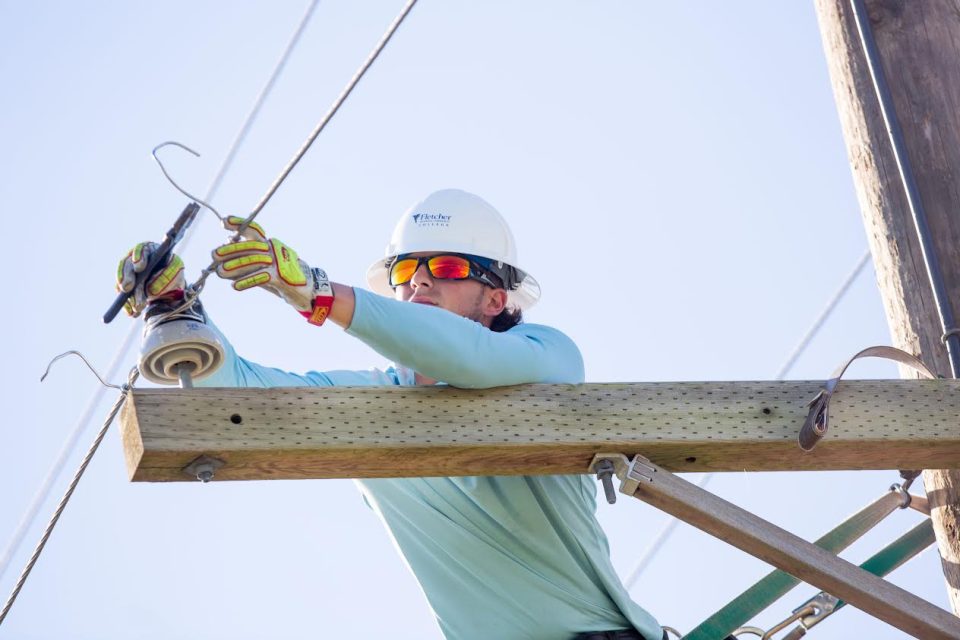
LHSAA makes last-ditch effort toward survival
April 20, 2016
Dularge boat blessing set for Sunday
April 20, 2016Transfer of a program designed to provide alternatives to involvement in the juvenile justice system for some young offenders from the Terrebonne Parish Consolidated Government to the parish’s district attorney, approved last month by council members, is only one part of an overall evaluation of procedures and practices in which local officials are actively involved.
The focus on change, local court administrators acknowledge, is part of a statewide effort aimed at reforming aspects of how people legally designated as juveniles are treated. The object, all appear to agree, is to cut down on the potential that non-violent youth be exposed to a juvenile justice system that includes a detention center which can be harsh, and lead to more problems with a child than if they were not held there.
“I am optimistic,” said City Court Judge Matt Hagen, who hears juvenile cases in Terrebonne. “I think it is ultimately going to be a great program. It has also got to develop a little more.”
Hagen’s reference was to the parish’s Single Point Resource and Assessment Center. SPARC’s purpose is to divert youngsters away from the juvenile detention alternative when possible. A key element of success in such programs in other Louisiana parishes has been to use the center to identify resources that might keep a child possibly at risk for criminal behavior, before a crime is ever committed but when behavior patterns indicate to parents or educators that problems are on the horizon.
An assessment of Terrebonne’s current juvenile justice system provided to a board that oversees the treatment of children, released last year but only recently circulated publicly, raises questions about ongoing procedures and protocols, and the potential that some changes will be needed.
A committee of the Louisiana Juvenile Detention Alternatives Initiative issued the July 15, 2015, report, which notes a number of positive aspects of how things are done currently, but also recommends that attention be paid to some troubling systemic details.
The report’s findings included recommendations that children and families should have a greater voice in policy-making, and that policy-makers do not have a cohesive philosophy.
Children, the report says, are admitted to the parish detention facility for non-violent offenses and a lack of communication between various aspects of the juvenile justice system. Among those are requirements that youth who go into detention be screened for drugs and alcohol even if their charges or history don’t indicate that such a problem was present.
The average detention stay of juveniles in detention in Terrebonne is a little over nine days, a period that in some cases may be excessive.
“Now that it is going to be under the umbrella of the District Attorney’s Office, I suspect we are going to begin to move forward and come up with things that will help the situation work better in the long term,” Hagen said.
His staff, including court administrator Doug Holloway, are currently in contact with the Louisiana Supreme Court, as part of an effort to provide further guidance as to how the juvenile system should be working. The Supreme Court in particular is concerned about disparities in how long non-white children stay in detention, and whether bond schedules in Terrebonne take into account the ability of parents to make bonds.
One aspect of the system that will not be changed anytime soon is the practice of shackling juvenile defendants in court who are detained, even if they appear for a trial. Adults are generally not shackled when a trial takes place.
Joe Harris, director of the Terrebonne Juvenile Detention Center, said youngsters, no matter how old or the nature of their offenses, are always shackled when transported to court.
“They are shackled whenever our employees transport them, as a matter of safety,” Harris said.
When brought to City Court the children are then shackled again by the Marshal’s Office.
“We double lock the handcuffs and the shackles, so that they are not accidentally made tighter,” Callahan said.
Hagen said he is not aware of any move to change the policy, and that he knows of no screening that has been proposed concerning restraints.
“It is a safety aspect,” Hagen said. “Safety for the kids, and safety for others whether it is a social services worker or provider or other services who are going to be in a court. We always treat them with dignity and respect. But if somebody you think is not going to be a problem starts swinging or runs away and gets hit by a car, God forbid.” •








